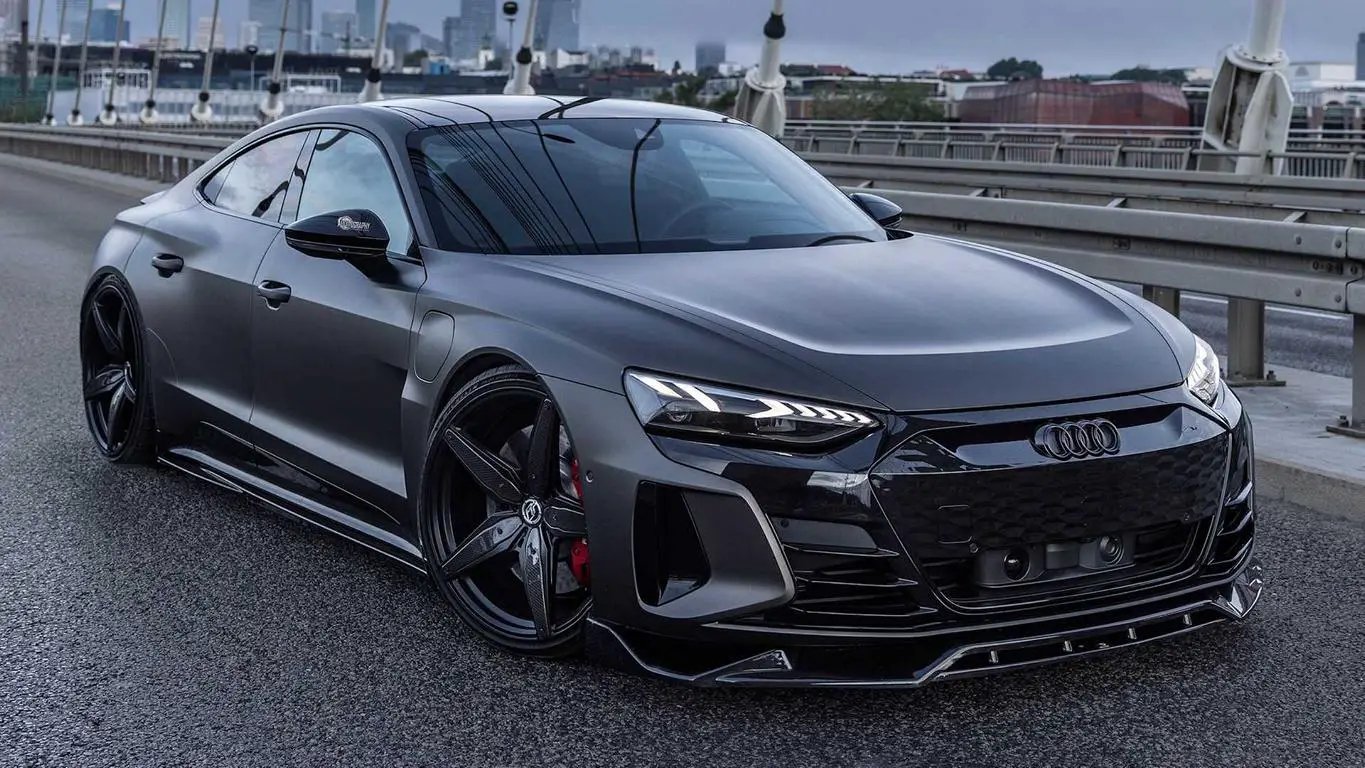Tuning for drifting: Strategies for enhancing the performance of cars designed for drifting.
Drifting has become an increasingly popular motorsport, with events and competitions taking place all around the world. It's a driving technique where the driver intentionally oversteers the car, causing the rear wheels to lose traction and slide sideways through a turn. Drifting is not only an exciting way to drive, but it also requires a special type of car setup to be performed effectively.
If you're interested in enhancing the performance of your car for drifting, there are several strategies you can use to improve your car's handling, speed, and overall performance. In this blog post, we will explore some of the best tuning strategies for enhancing the performance of cars designed for drifting.
- Suspension Setup:
The suspension is one of the most important aspects of a car designed for drifting. The suspension setup should be designed to provide the right balance between stability and mobility. Stiff springs and adjustable dampers can be used to achieve this balance. Stiff springs reduce body roll, while adjustable dampers allow you to fine-tune the suspension settings for different driving conditions.
- Tires:
Tires are a crucial component of any car, but they are especially important for drifting. Drift tires have a unique tread pattern that provides the necessary traction to break traction and slide through turns. The compound of the tire should also be selected based on the temperature and conditions of the track. Soft compounds work better in warmer temperatures, while harder compounds work better in cooler temperatures.
- Brakes:
The braking system of a drift car should be designed to provide adequate stopping power while still allowing the driver to initiate and maintain a drift. Drifters often use hydraulic handbrakes to initiate a drift, while the foot brakes are used to control speed and direction. Upgraded brake pads, calipers, and rotors can help to improve the stopping power of the car.
- Engine Tuning:
Drifting requires a lot of power and torque, so engine tuning is critical. The engine should be modified to provide a lot of low-end torque, which is essential for initiating a drift. Upgraded turbochargers, intercoolers, exhaust systems, and intakes can all help to improve engine performance. The engine management system should also be tuned to optimize performance and ensure the engine is running at its peak.
- Weight Distribution:
Weight distribution is another critical factor in drift car setup. The car should be balanced to provide optimal weight transfer during a drift. The ideal weight distribution for drifting is 50:50, which means that the weight of the car should be distributed equally between the front and rear axles. Any additional weight should be placed as low as possible to reduce the car's center of gravity.
Conclusion:
Drifting is a challenging and exciting motorsport that requires a special type of car setup to be performed effectively. Tuning your car for drifting involves optimizing the suspension setup, selecting the right tires, upgrading the braking system, tuning the engine, and balancing the weight distribution. These strategies will help you to enhance the performance of your car, improve your driving skills, and take your drifting to the next level. So, get your car set up and hit the track!


Comments